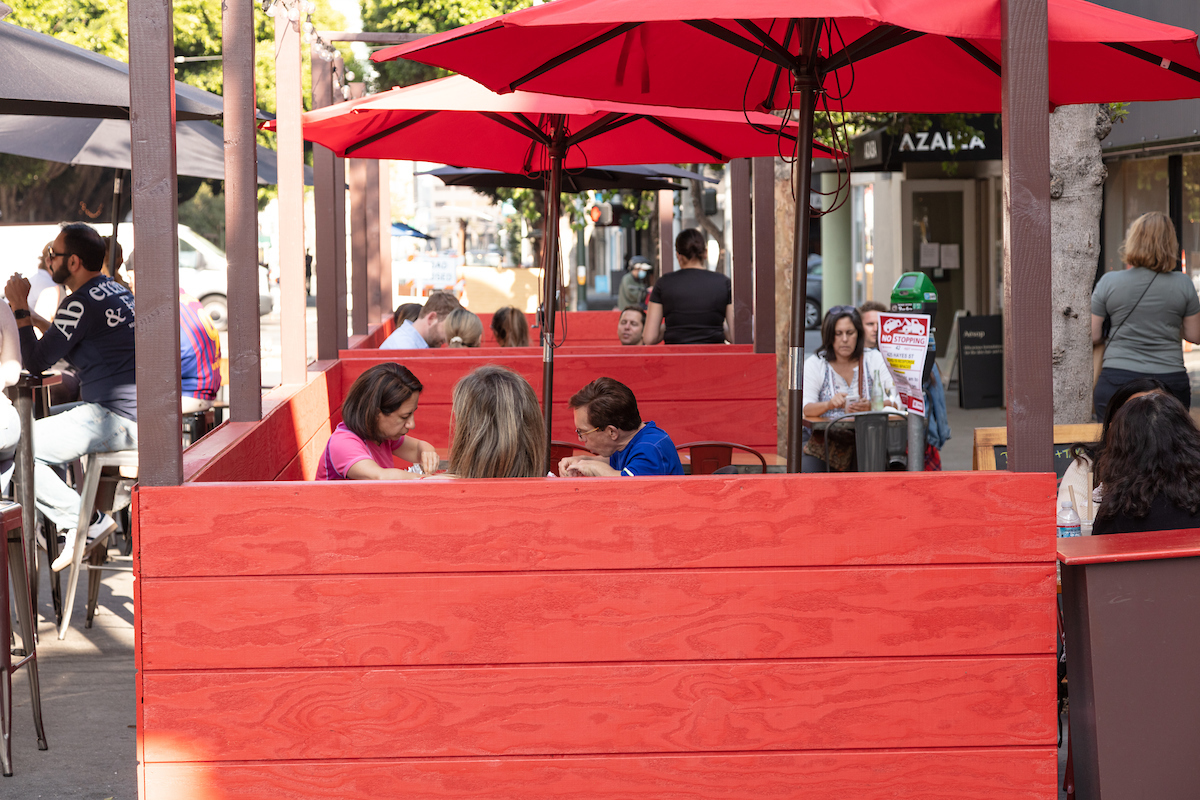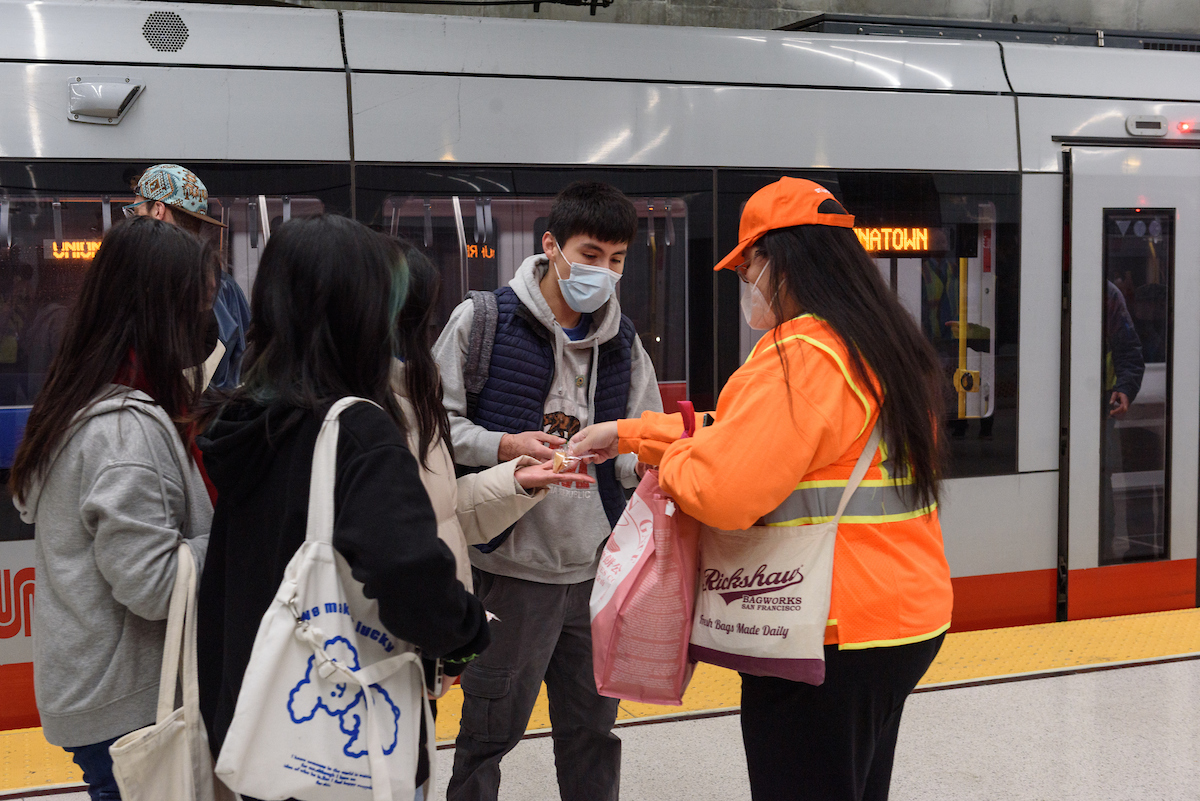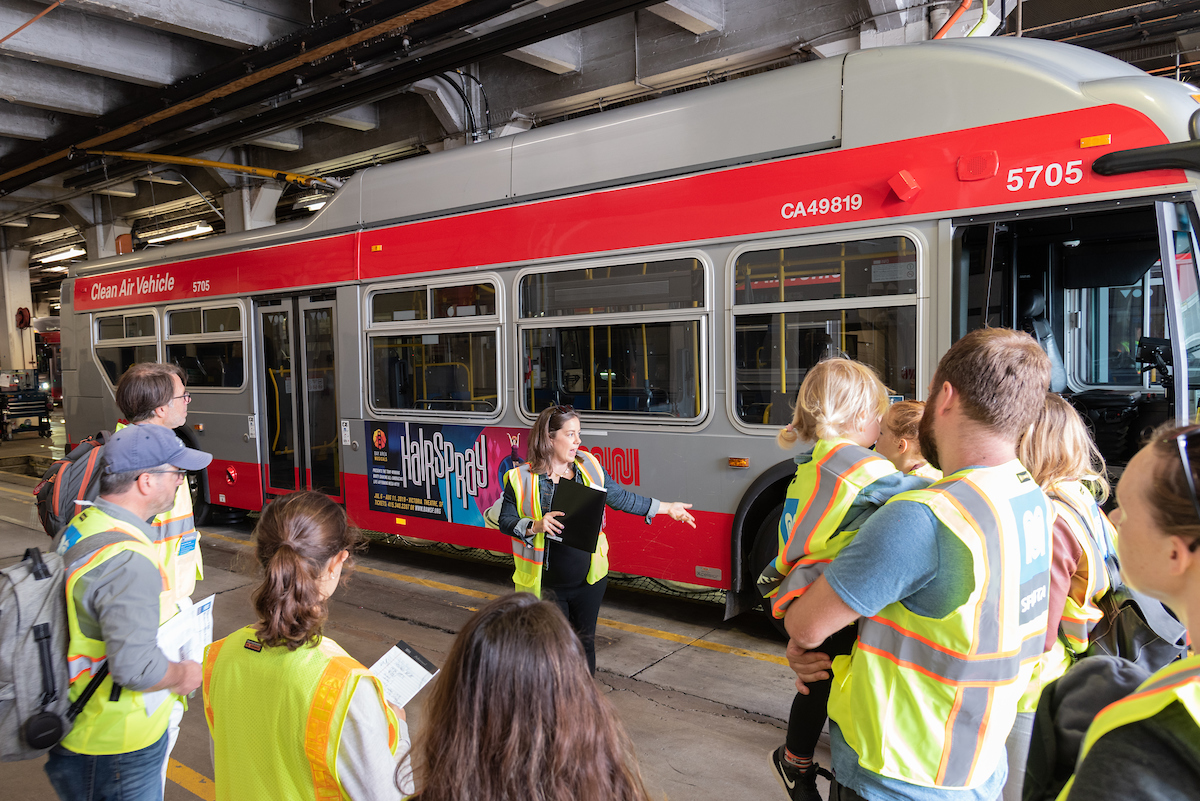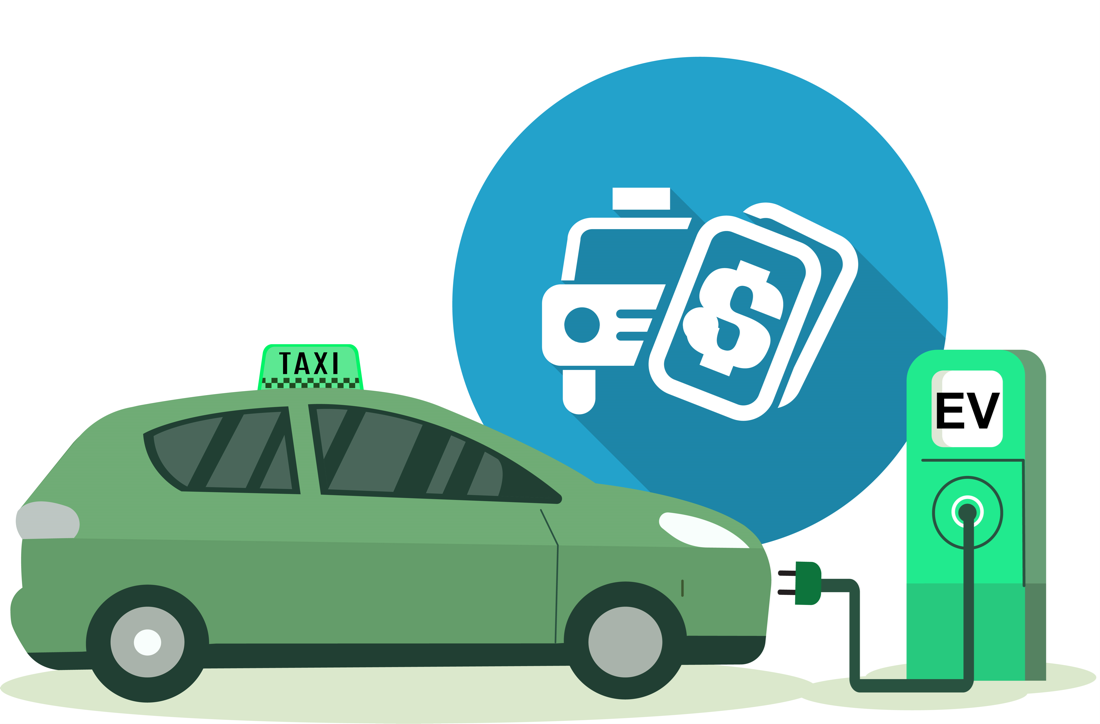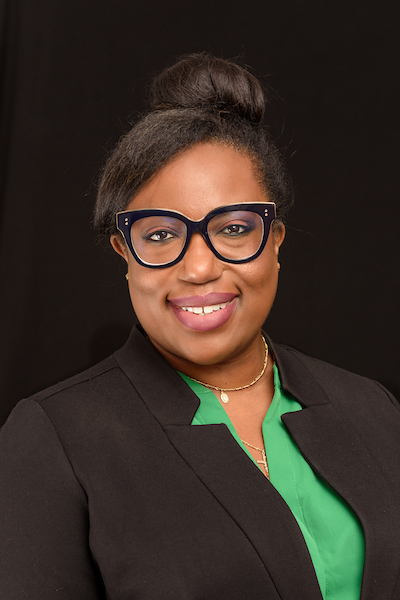By Shannon Hake
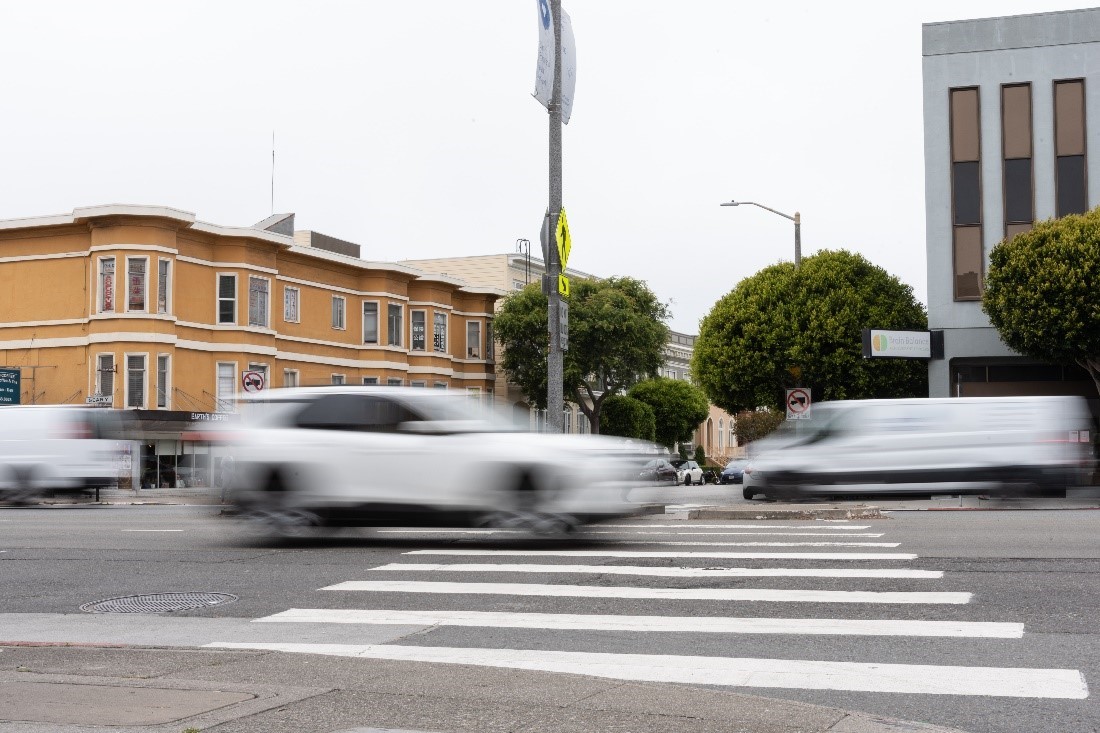
On October 13, 2023, Governor Newsom signed California State Assembly Bill 645 into law, allowing six cities, including San Francisco, to pilot a speed safety camera program. This pilot is an opportunity for San Francisco to employ a powerful traffic safety tool that has been used successfully across the world. More than 200 cities in the United States have implemented speed safety cameras, including New York City which reported 70% fewer traffic deaths and injuries where speed cameras are installed. Portland, Oregon experienced a 46% decrease in traffic deaths and 85% decrease in excessive speeds after implementing an automated speed safety program.
Unsafe speed is the number one factor in fatal traffic crashes in San Francisco, accounting for 20% to 40% of traffic deaths in recent years. For over a decade, San Francisco has been advocating for additional tools, like speed safety cameras, to help reduce speeding cars on our streets and bring down the number of traffic deaths and severe injuries in San Francisco.
What does the law do?
Introduced by State Assemblymember Laura Friedman, AB 645 authorizes San Francisco, San Jose, Oakland, Los Angeles, Glendale and Long Beach to implement a five-year speed safety camera pilot. It goes into effect on January 1, 2024, and allows the SFMTA to install 33 speed safety cameras throughout the city. The speed cameras will be used on San Francisco’s High Injury Network, the 12% of streets where more than 68% of severe and fatal traffic crashes occur, and possibly at other locations where speeding is a known issue. The geographic and socioeconomic diversity of the locations will also be considered. Any revenue from fines that are issued to drivers who are speeding will be used to cover the costs of the program and to calm traffic.
When will the cameras start?
We’re committed to installing these cameras as soon as possible, so we’ve already started the prep work. However, our best estimate is that it will take about 12 months to complete the steps required by the legislation to ensure the speed camera technology is implemented equitably and transparently.
-
Now through early 2024 – System Planning. We are working to identify potential locations for the speed cameras and to create a System Use Policy and Speed Safety System Impact Report for the new system in collaboration with the city’s Committee on Information Technology. We are also developing a plan for outreach and engagement with local stakeholder organizations, including racial equity, privacy protection and economic justice groups.
-
Early to late 2024 – System Design and Installation. We will hire a contractor to design, build, operate and maintain the system. Construction of the speed cameras will begin in 2024.
-
2025 – Implementation. Following a month-long public education campaign required by the law, the 33 cameras will be turned on.
Once the cameras are up and running, SFMTA staff will collect data and evaluate whether each camera is reducing speeding. If a camera isn’t shown to be effective on the street where it is located after 18 months, it will be decommissioned.
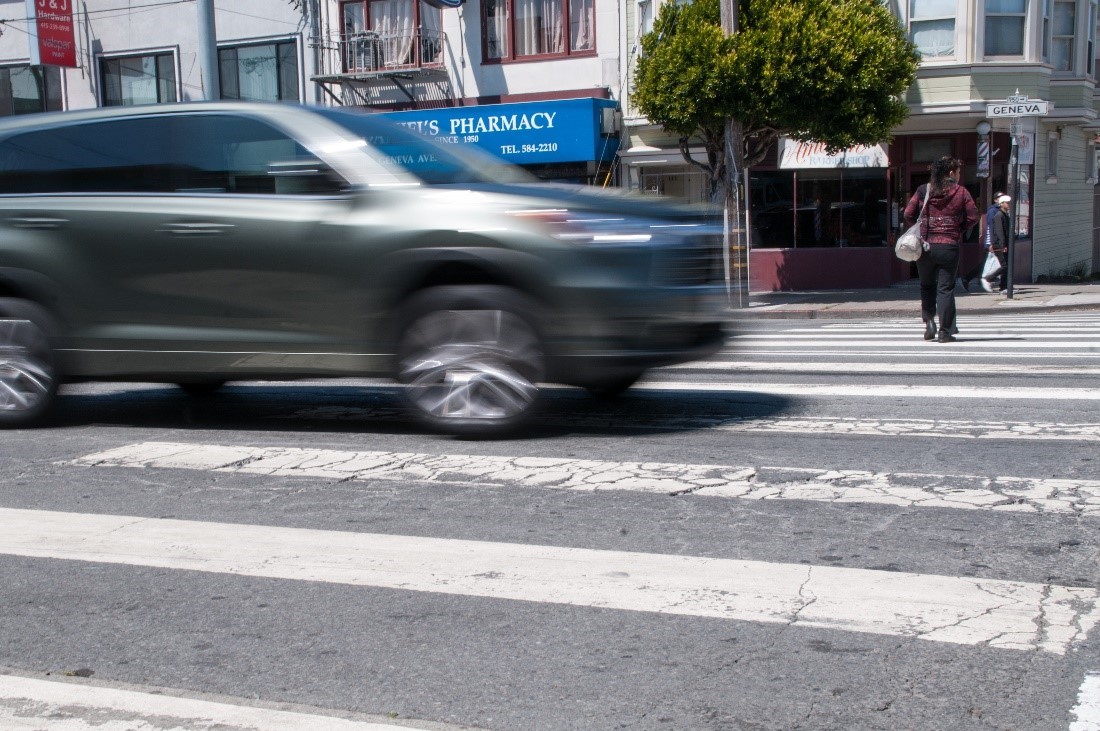
What does this mean for drivers?
Drivers who are abiding by the speed limit won’t need to worry. But, to make sure everyone is prepared, the legislation requires a robust public education campaign to inform drivers about the locations of the cameras in advance of them being turned on. We will also ease drivers into the program by issuing warning notices rather than fees to drivers who exceed the speed limit for the first 60 days of the program, as is required under the law. The law ensures that drivers with low incomes will be able to receive a fine reduction or an opportunity for community service in lieu of a fine.
To ensure that drivers’ privacy is protected, the speed safety cameras will only photograph the rear of the vehicle and license plate, not the windshield or face of the driver. The SFMTA will retain photos for no more than five days if no violation is issued, and 60 days if a violation is issued. We also won’t share the photos with any other agencies or use them for other purposes.
The SFMTA is excited to be a part of the pilot and recognizes that the passage of this transformative legislation was the result of years of advocacy by Vision Zero supporters such as the Vision Zero Coalition, San Francisco Bay Area Families for Safety Streets, WalkSF and the many residents who wrote letters and participated in public hearings to voice their support for speed safety cameras. We appreciate their commitment and the leadership of Assemblymember Laura Friedman, Senator Scott Wiener, Assemblymembers Phil Ting and Matt Haney and former Assemblymember and current City Attorney David Chiu, who sponsored the first speed safety legislation in 2017. We thank Mayor London Breed for sponsoring the bill and her leadership in creating safer streets, the Board of Supervisors for their resolution showing unanimous support for the bill in April and the San Francisco Police Department for their partnership in traffic enforcement. We stand committed to safer streets in San Francisco and will work urgently to reduce speed limits to save lives.
Next steps
We, in coordination with the city’s Committee on Information Technology (COIT), will draft a Speed Safety System Use Policy and a Speed Safety System Impact Report in early 2024 to establish the purpose of the system, outline authorized uses and set standards for data management and protection. These documents will need to be approval by the SFMTA Board of Directors and the Board of Supervisors.
The Board of Supervisors and the SFMTA Board of Directors will also ultimately need to approve the camera locations.
We will need to plan and design the system, gain all of the policymaker approvals, obtain a contractor to do the work and install the signals. We are working closely with other agencies and the mayor to eliminate unnecessary bottlenecks while meeting the requirements of the legislation.
For more information and regular updates about the program please visit the Speed Safety Cameras program page (SFMTA.com/SpeedCameras).
Published October 26, 2023 at 11:47PM
https://ift.tt/7YF4DHy
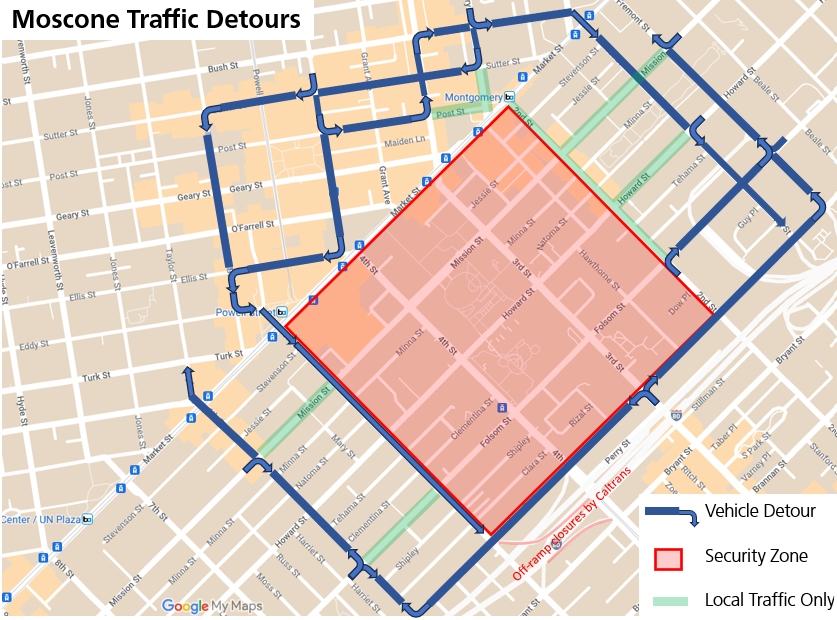
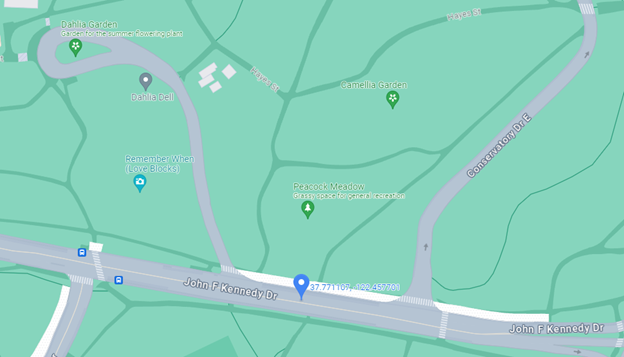
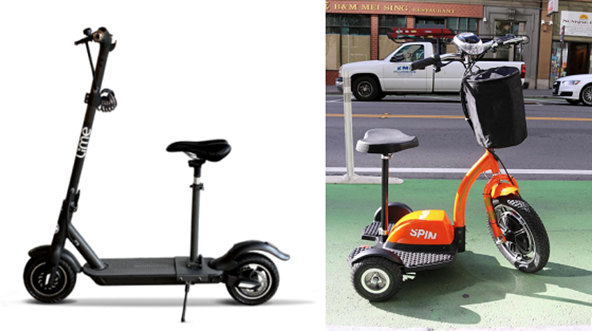
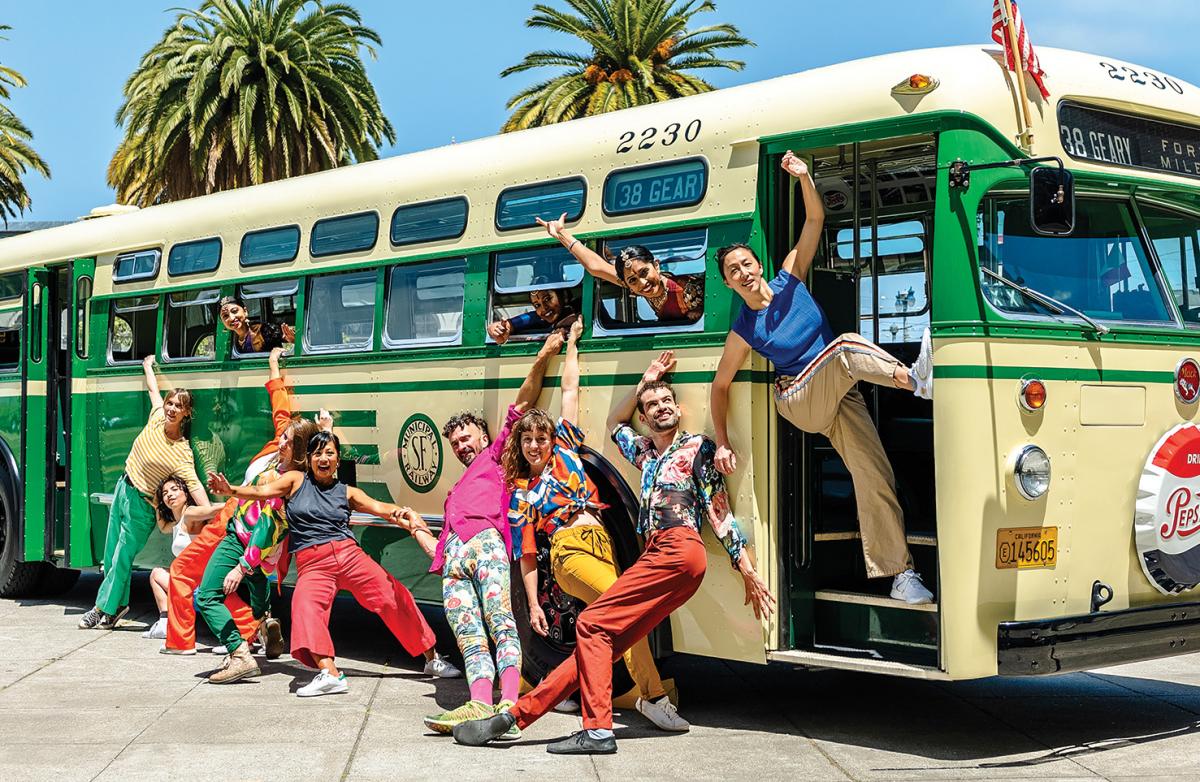
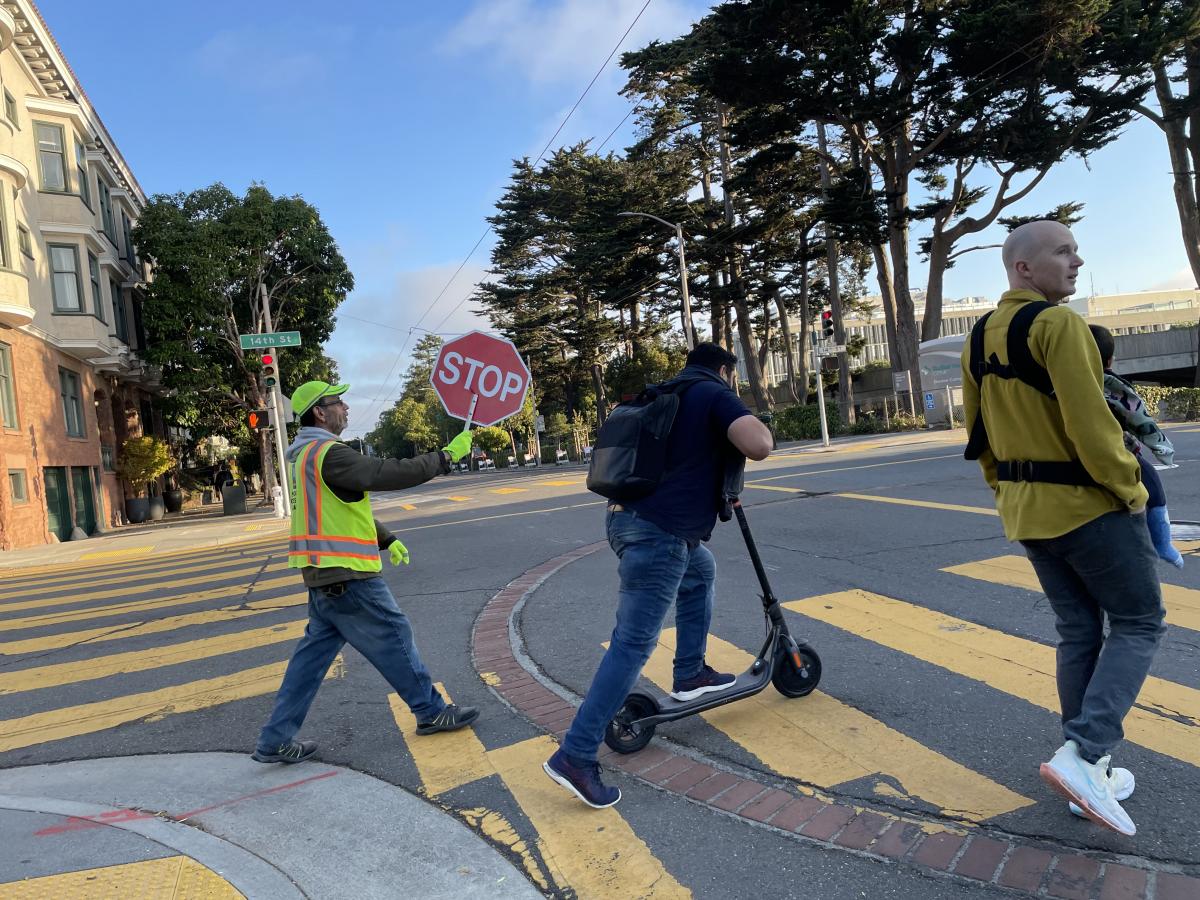
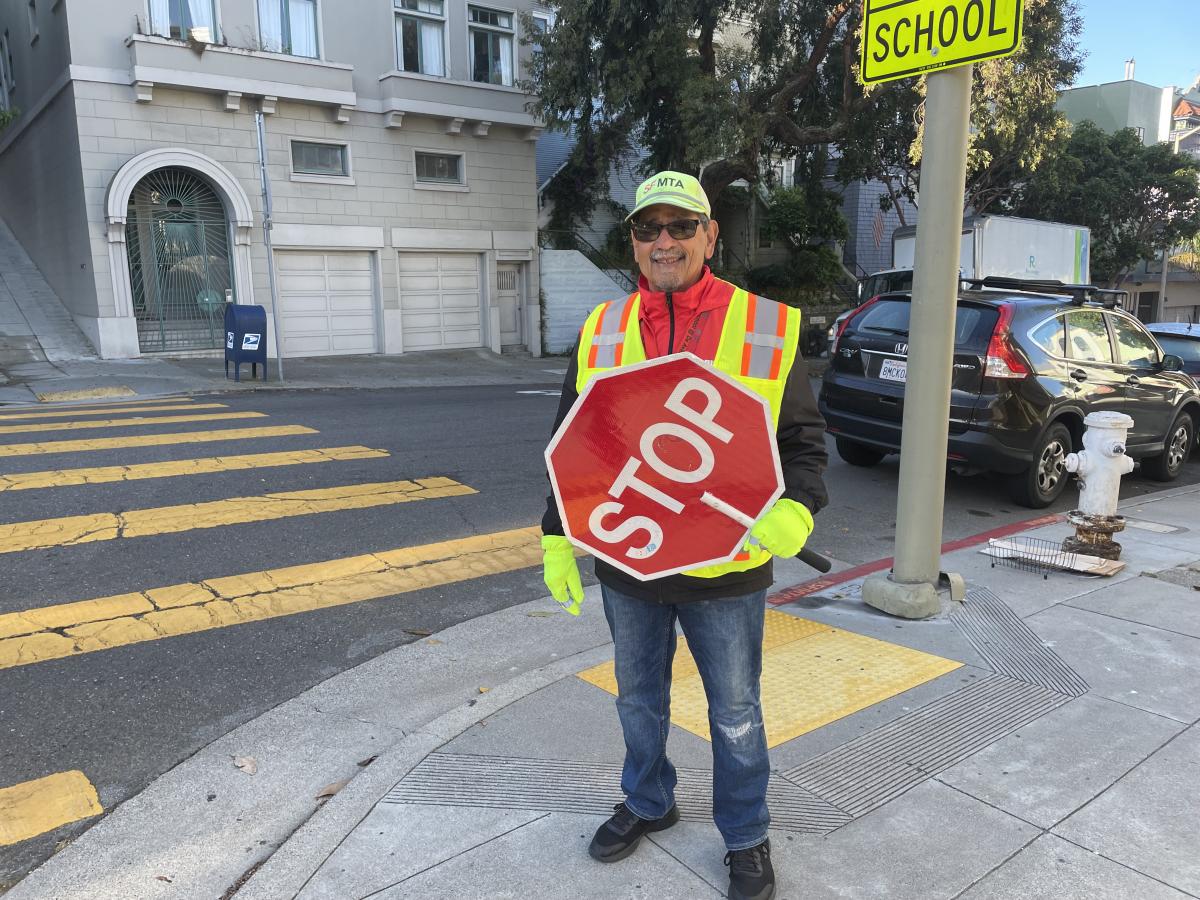 SFMTA School Crossing Guard Christian Frederick Lauser at the corner of Central and Waller Streets near the Chinese Immersion School at De Avila.
SFMTA School Crossing Guard Christian Frederick Lauser at the corner of Central and Waller Streets near the Chinese Immersion School at De Avila. 